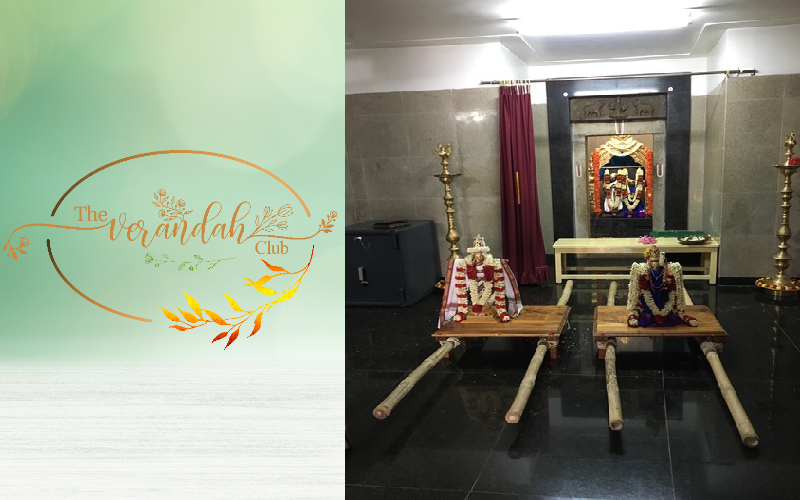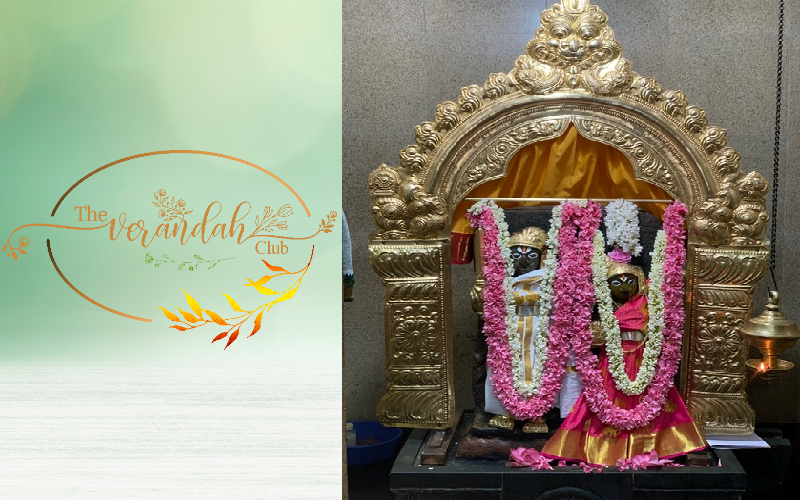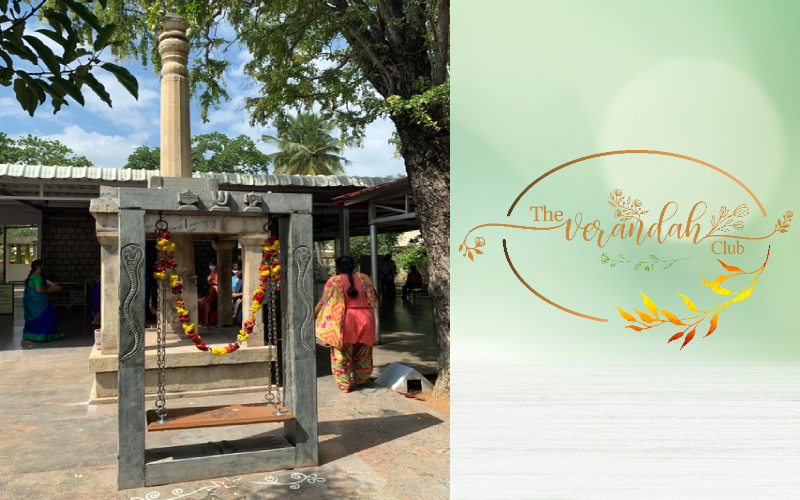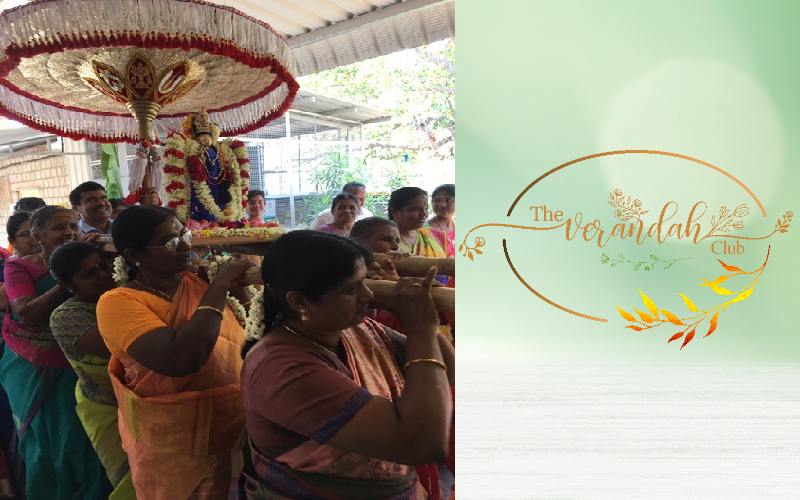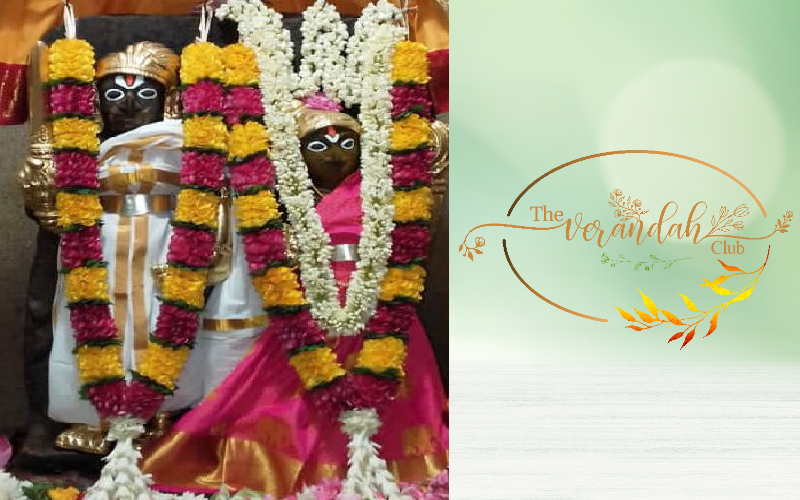Kuladeivam & Its Significance
The word ‘Kuladeivam/Kuladevatha’ is derived from two words – ‘Kula’ meaning Clan and ‘Deivam/Devatha’ meaning God or Deity. Every different clan in India has their own Kuladeivam and they call it by different names. For example, in Kerala, Kuladeivam is addressed as ‘Adima Kavu’ where ‘Adima’ means a slave to the ‘Kavu’ which means deity.
The Kuladeivam-s are deities that the Father’s side ancestors (forefathers) worshiped. In fact, each clan has a separate Kuladeivam. The Kuladeivam can be a male, or a female and these deities are consecrated in a manner to protect and nurture people belonging to a particular clan.
A person cannot choose a Kuladeivam at any point in time. When a person is born, his/her parents introduce the Kuladeivam to him/her. Usually, a just born baby experiences the first tonsure and ear piercing in his/her Kuladeivam temple. He/she keeps visiting the Kuladeivam temple for all occasions and other important moments throughout his/her life. Thus, the Kuladeivam plays a significant role from one’s birth till the last days of life.
Our ancestors started worshipping the Kuladeivam from time immemorial and it has become a family tradition. Different clans have various deities of worship. They also have different ways of worshipping the deity. Every clan has a unique way of offering prayers. It is believed that when one prays in the Kuladeivam temple, he not only gets the blessing from the deity but also from one’s ancestors as well. This is the main reason why one should not neglect visiting the Kuladeivam.
The Kuladeivam can be a male or a female and it is usually found in one’s ancestral village (on the father’s side). People who have migrated to new cities, visit their Kuladeivam at least once a year and offer prayers and special poojas to receive the blessings. The Kuladeivam-s are so powerful that they protect the entire clan. It is said that without a Kuladeivam’s blessing, nothing can be done. Even our Ishta Deivam or our Gurus cannot help us. Hence, it is absolutely necessary to visit our Kuladeivam at least once a year to seek the blessings.
“Staying away from worshipping Kuladeivam is like keeping a vessel with a hole. Nothing will stay on the vessel with a hole. Likewise, no good thing will dawn on the person who does not worship his Kuladeivam.”
– Kanchi Periyava.
So, every person born has a Kuladeivam. In case of boy child/male, he is introduced to the Kuladeivam by his parents, and he remains under the same clan throughout his life. All the important moments in life are celebrated going to the same Kuladeivam temple. But in the case of a girl child/female, when they are born, they are introduced to the father’s Kuladeivam. The girl prays to the Kuladeivam from birth till the time she gets married. Then, after marriage, the girls/ female continues to worship her husband’s Kuladeivam. So, there is a change of Kuladeivam for a girl. Otherwise, a person cannot have more than one Kuladeivam at one point in time. They cannot choose or change according to their wishes.
Difference between a Kuladeivam and a Ishta Deivam
Generally, the Kuladeivam is the deity that one’s family worships traditionally through generations. The male child of the family will carry on the tradition and pass it on to their next generations. Ishta Deivam on the other hand, is the deity one worships with their own will and wish. One can choose their own Ishta Deivam based on the level of comfort, satisfaction, or guidance from Gurus. One can also change the Ishta Deivam after a time. Different family members can worship different Ishta Deivam-s. But Kuladeivam remains the same for all in the family.
Science and Kuladeivam
One of the main reasons for creating a Kuladeivam is to maintain a genetic track in a spiritual way. Our ancestors did not wish would disturb or mix this ancient system based on genetics. Thus, ancestors established an energy form of deities (Kuladeivam) that for a particular set of DNA /genes, the energy source gives a positive effect. This energy source gives out positive vibrations for a particular clan. It is a known fact that DNA of an Asian is different from that of a European or an American. Our ancestors knew about this fact and established powerful energy centres to help people of a particular DNA set.
It is a known fact that each child receives 23 chromosomes from the father and 23 from the mother. Mother carries xx chromosomes, and the father carries xy chromosomes. The x (chromosome) from the mother and the y (chromosome) from the Father leads to the birth of a male child. Whereas x (chromosome) from the mother and the x (chromosome) from the father leads to the birth of a female child. In short, the sex of the child is decided by the chromosomes that are contributed by the father.
Since a girl child does not receive the y chromosome from the father, she is not able to pass on that particular gene to the next generation. This is reason why a girl changes her Kuladeivam after her marriage. A son on the other hand receives the y chromosome from the father and ensures the passing on the gene for the next generation.
It is also widely believed that when the y chromosomes are passed down to generations, it loses its potency (weakens) after about 13 generations. Our ancestors had an exceptionally good knowledge about genetics and the this is the reason why they insisted that marriage should not take place within the same Gothra or a family.
So, the Kuladeivam and the systems followed by our ancestors are very scientific and reliable but Sometimes, in rare cases, people do not know about their Kuladeivam. Then,
How to find One’s Kuladeivam?
Usually, every household will know and worship their own Kuladeivam, but in exceedingly rare cases, a family might not know about their Kuladeivam. This happens when a particular family migrates to a different country/city and lose contact with their ancestral village, or sometimes the children are not informed about their family deity and as a result, a generation remains ignorant, and they have no idea of their Kuladeivam. In such cases, the family members can contact their native village and enquire the elders living in that village. They can also use their ancestor’s names – sometimes they are named after the Kuladeivam deity itself. Also, there might be distant relatives still living in their ancestral village who knows about the Kuladeivam of a particular family. By reaching out to their ancestral hometown, one can find out the whereabouts and the names of the Kuladeivam and its places of worship. Another way to find out about ones Kuladeivam is through one’s horoscope. The date and time of birth is given to an astrologer and through a ‘Prashnam’, a person’s Kuladeivam can be rediscovered.
Each little system or a custom that our ancestors created was not only based on scientific reason, but also had economic and spiritual reasons as well. The deities were created in a certain way, and then the culture was created understanding the various dimensions of life. This was then passed on through various generations, sometimes through word of mouth and sometimes through written texts. So, let us learn about these customs and traditions and follow it and also not to forget to pass it on to our next generation so that our Sanatana Dharma and its traditions live on for many years to come.
